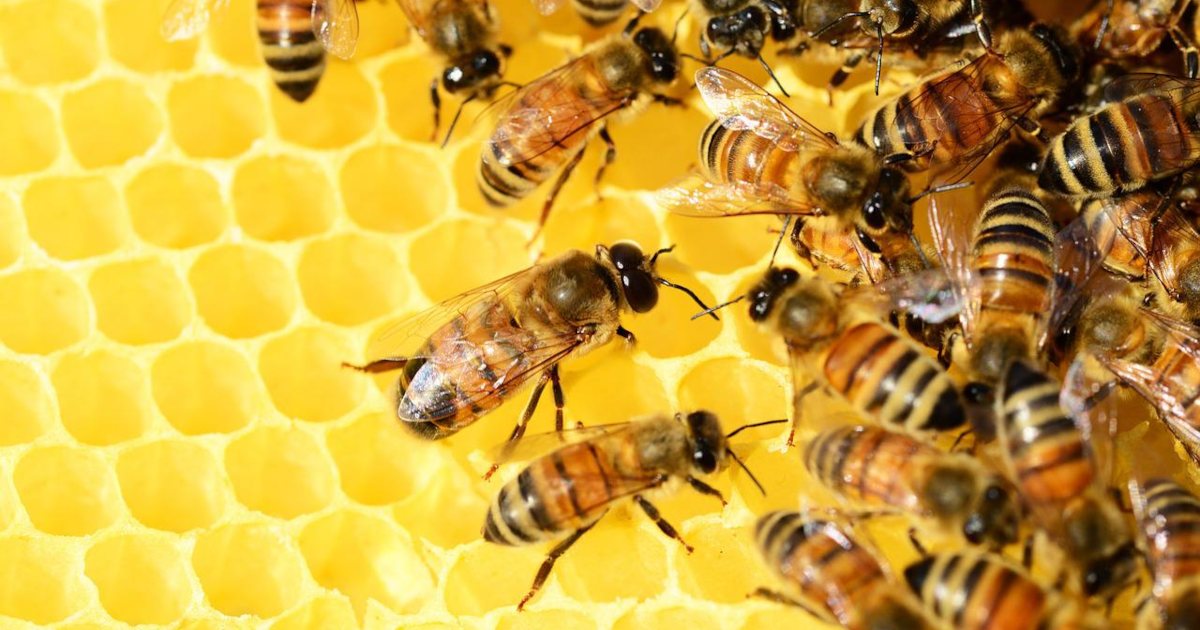PROTECT YOUR DNA WITH QUANTUM TECHNOLOGY
Orgo-Life the new way to the future Advertising by AdpathwayIn recent years, a chemical once limited to decorative plants has quietly entered your pantry—likely through your morning bowl of cereal.
Known as chlormequat chloride, this plant growth regulator has become increasingly common in oat-based foods imported into the United States. While it helps crops grow shorter and sturdier for easier harvesting, studies are now raising serious concerns about its effects on human health.
Hidden in Plain Sight: A Surge in Chlormequat Exposure
A new pilot study by the Environmental Working Group (EWG), published in the Journal of Exposure Science & Environmental Epidemiology, found that four out of five Americans tested between 2017 and 2023 had chlormequat in their urine.
The detection rate climbed over time—69% in 2017, 74% from 2018 to 2022, and an alarming 90% in 2023. This sharp rise coincides with regulatory changes that allowed the chemical on imported food crops like oats and barley.



















.jpg)






 English (US) ·
English (US) ·  French (CA) ·
French (CA) ·